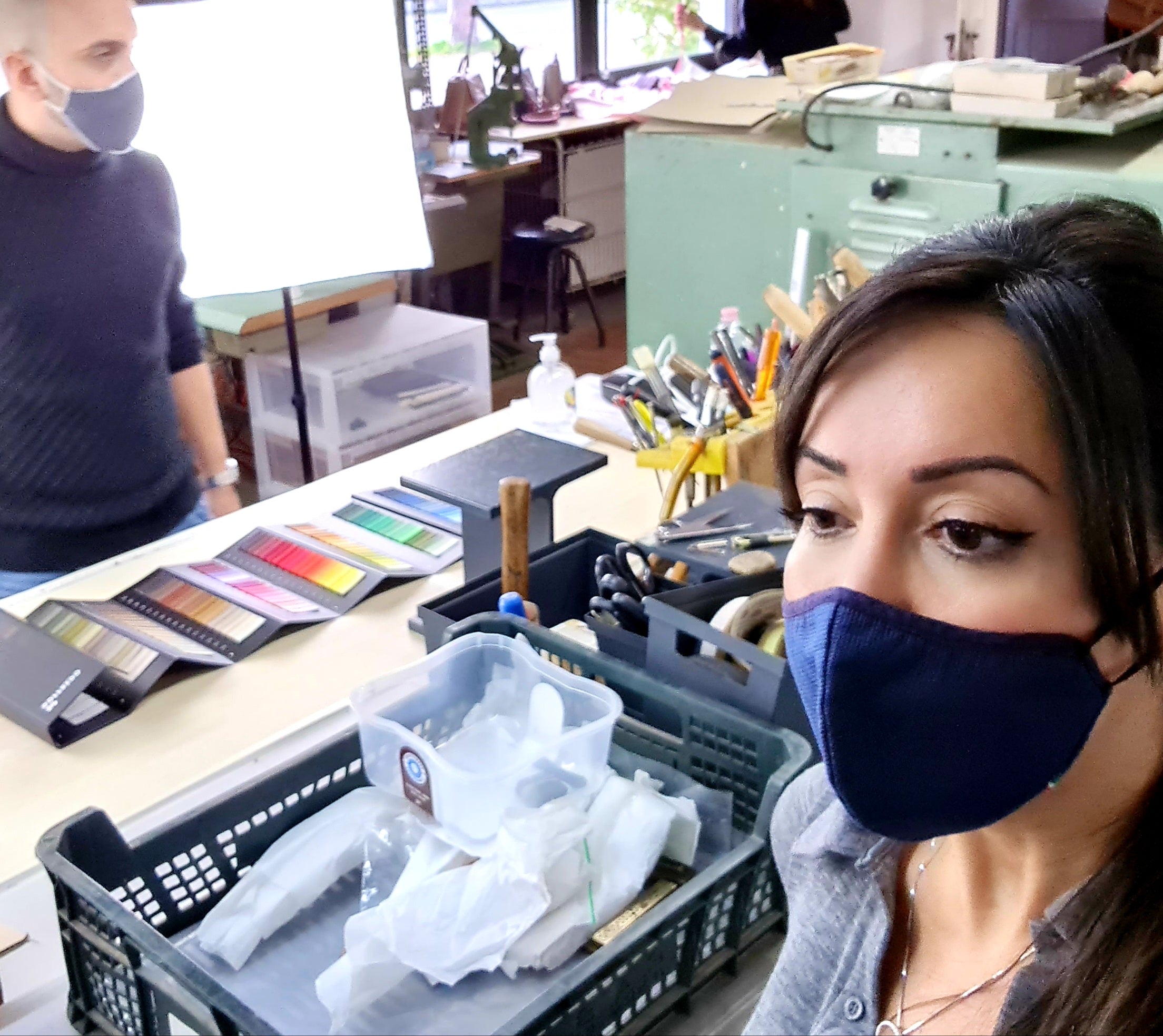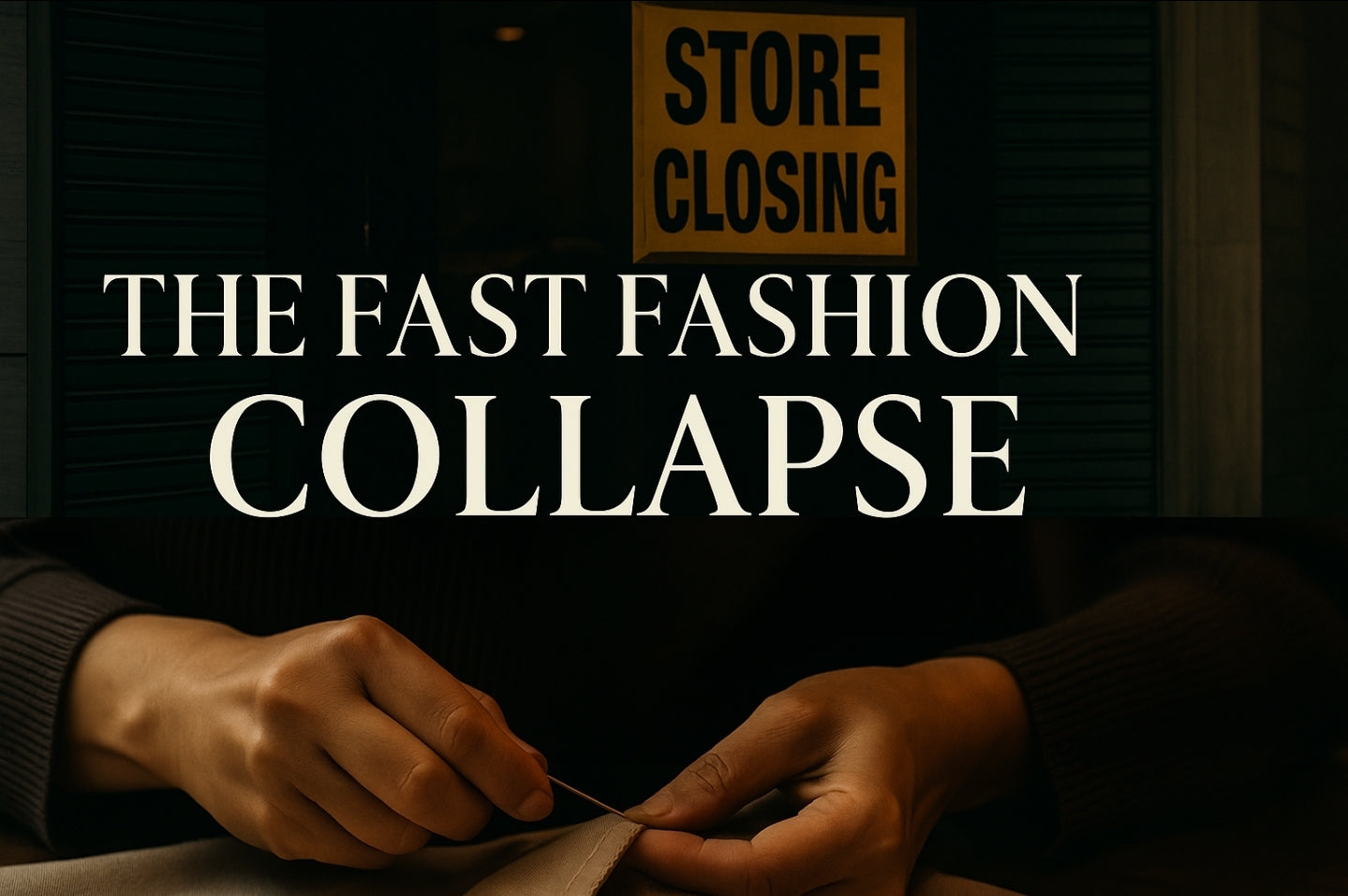Articolo: Quando il lusso ha perso la sua allure: la corsa ai profitti e i contraffatti

Quando il lusso ha perso la sua allure: la corsa ai profitti e i contraffatti
Quando il lusso ha perso la sua luce: come la corsa ai profitti ha spalancato le porte alle contraffazioni
Ricordo un’epoca in cui il lusso non era solo una parola—era una sensazione. Significava possedere qualcosa di raro, meticolosamente realizzato, capace di custodire una storia al suo interno. Il lusso aveva un’anima. Ma a un certo punto quell’anima è stata scambiata con qualcos’altro: margini di profitto e attrazione di massa.
Oggi vediamo Maison che un tempo rappresentavano heritage e maestria inseguire quotazioni in Borsa, espansioni globali e rendimenti per gli azionisti. Le priorità sono passate dalla qualità di ciò che creano ai numeri che riportano. E in questa corsa alla crescita infinita è accaduto qualcosa di irreversibile: il lusso si è diluito e le contraffazioni sono diventate inevitabili.
Come siamo arrivati fin qui?
Decenni fa, le Maison di lusso erano familiari, intime, profondamente radicate nella tradizione. I pezzi nascevano con gli artigiani, non con le macchine, e ogni articolo portava il tocco di una mano maestra. Quando questi marchi sono diventati pubblici hanno dovuto rispondere agli investitori—persone a cui non importava il tempo necessario per cucire a mano una borsa, ma solo il ritorno delle loro azioni.
- Le boutique si sono moltiplicate in tutti i continenti. Gli stessi marchi che vendevano a poche elette hanno aperto negozi in ogni capitale, in ogni mall, in ogni area ad alto traffico.
- Quel sussurro di esclusività è diventato una gara a chi urla di più per attirare l’attenzione.
- Quando qualcosa è troppo disponibile perde la sua aura. Se vedi un “brand di lusso” su ogni braccio, non ti senti speciale per possederlo—ti sembra di aver comprato un’illusione di massa.
È qui che le contraffazioni sono esplose.
L’ascesa del mercato del falso: una conseguenza inevitabile
- Delocalizzando in Paesi a basso salario, i marchi hanno perso il controllo delle proprie fabbriche. Gli stessi produttori che di giorno realizzavano le borse “autentiche” la notte creavano copie identiche.
- Rendendo il lusso troppo visibile e accessibile, hanno instillato l’idea che tutte dovessero possederlo—anche ricorrendo a un falso per ottenerlo.
- Spostandosi dalla maestria alla strategia corporate, hanno smesso di creare pezzi impossibili da copiare. Oggi i falsi sono così credibili che perfino acquirenti esperte faticano a distinguerli.
E la verità è questa: molte Maison non combattono i falsi quanto dovrebbero. Perché, in fondo, il mercato della contraffazione è spesso pubblicità gratuita. Se tutto il mondo desidera il tuo marchio, vero o falso, quella domanda finisce per elevarne l’immagine.
Il lusso ha perso significato
- Cosa vale un logo se è prodotto in massa?
- Cos’è il “lusso” se si trova in ogni angolo di ogni città?
Ciò che rendeva il lusso desiderabile—rarità, aura intoccabile, artigianalità meticolosa—è stato spogliato. Invece di essere arte, il lusso è diventato un gioco di numeri. Invece di ruotare attorno alla cliente, ruota attorno alla soddisfazione degli azionisti. E ora si compra non per il valore intrinseco dell’oggetto, ma per ciò che il marchio rappresenta sui social o nei mercati finanziari.
È per questo che esiste PORSCIA YEGANEH®.
ForeverLuxury®: rompere l’illusione del lusso
Il lusso non è mai stato pensato per essere ordinario. Non per essere prodotto in massa, diluito o piegato alle richieste degli investitori. È stato pensato per essere raro, profondamente personale e inaccessibile ai più.
Mentre l’industria inseguiva espansione globale, profitti per gli azionisti e attrazione di massa, il lusso ha perso identità. Ciò che lo rendeva straordinario—scarsità, artigianalità meticolosa, esclusività silenziosa—è stato barattato con accessibilità, volumi e dominio del mercato.
Qui nasce ForeverLuxury®—non come semplice rinascita, ma come rottura. Come fondatrice di ForeverLuxury® e creatrice dell’hashtag che lo definisce, l’obiettivo non è mai stato conformarsi, ma sfidare. Creare qualcosa di così raro, così intoccabile, da non poter essere replicato.
In PORSCIA YEGANEH® non seguiamo i trend. Non ci rivolgiamo alle masse. Non diluiamo il significato di lusso. Creiamo ciò che non può essere imitato, ciò che non può essere copiato e che non sarà mai accessibile a tutte.
Il futuro del lusso: una scelta tra autenticità e illusione
Cos’è il lusso senza rarità? Se è ovunque, se è prodotto in massa, se non è più un’esperienza ma solo un’etichetta, ha ancora valore? O il suo vero valore risiede nella sua elusività, nella sua maestria, nella capacità di distinguersi in un mondo divorato dalla replica?
In PORSCIA YEGANEH® non esistono compromessi. Ogni creazione è una rottura con il “lusso” da grande distribuzione, un rifiuto della mediocrità e una testimonianza di cosa significhi vera esclusività.
Il lusso non è mai stato pensato per essere alla portata di tutte. È stato pensato per essere desiderato, ambito e—per la maggior parte—fuori portata.
Questo è ForeverLuxury®. Non per tutte—perché il vero lusso non lo è mai stato.



Lascia un commento
Questo sito è protetto da hCaptcha e applica le Norme sulla privacy e i Termini di servizio di hCaptcha.